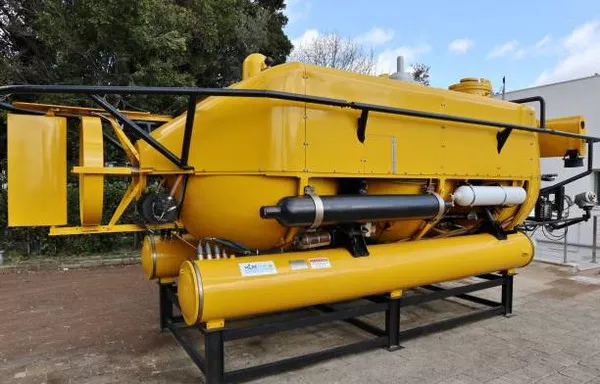Power generators play a pivotal role in supplying electricity to meet the increasing demands of modern society. These devices are essential for ensuring a reliable and constant power supply, especially during times of grid failures or in remote locations where access to conventional power sources may be limited. In this article, we will delve into the intricate details of how power generators work, exploring the fundamental principles behind their operation and the diverse types of generators available today.
Basic Principles of Power Generation:
At its core, a power generator converts mechanical energy into electrical energy through the process of electromagnetic induction. This fundamental principle was first discovered by Michael Faraday in the early 19th century. Faraday observed that a changing magnetic field induces an electromotive force (EMF) in a conductor. This principle forms the basis for the functioning of power generators.
Components of a Power Generator:
Prime Mover: The prime mover is the component responsible for providing the initial mechanical energy to the generator. This can be achieved through various means, such as an internal combustion engine, steam turbine, water turbine, or wind turbine. The choice of prime mover depends on factors such as the availability of resources, environmental considerations, and the intended application.
Rotor and Stator: Within the generator, there are two essential components: the rotor (also known as the armature) and the stator. The rotor is a rotating component, typically connected to the prime mover, while the stator is a stationary part that surrounds the rotor. The interaction between the rotor and stator is crucial for the generation of electricity.
Electromagnetic Field: As the rotor spins within the stator, it creates a changing magnetic field. This magnetic field induces an electric current in the windings of the stator through electromagnetic induction. The strength and stability of this magnetic field are key factors in determining the efficiency and performance of the generator.
Windings and Coils: The stator is equipped with coils made of conductive materials, usually copper or aluminum. These coils are wound around an iron core to enhance their magnetic properties. The interaction between the rotating magnetic field and the stationary coils generates an electric current within the stator windings.
Voltage Regulator: To ensure a consistent and stable output, generators are equipped with voltage regulators. These devices monitor the electrical output and adjust the field current in the rotor accordingly. By maintaining a constant voltage level, the generator can deliver a reliable power supply to connected devices.
Types of Power Generators:
Diesel Generators: Commonly used for backup power in commercial and industrial settings, diesel generators utilize internal combustion engines that run on diesel fuel. These generators are known for their robustness, fuel efficiency, and long operational life.
Gas Generators: Gas generators operate on natural gas or propane. They are often preferred for their cleaner emissions and cost-effectiveness, making them suitable for both standby and continuous power applications.
Wind Turbines: Harnessing the kinetic energy of the wind, wind turbines have become a popular source of renewable energy. The rotational motion of the turbine blades drives the generator’s rotor, converting wind energy into electrical power.
Hydroelectric Generators: By utilizing the energy of flowing water, hydroelectric generators convert hydraulic energy into electricity. Water turbines connected to generators are commonly employed in hydroelectric power plants.
See Also How Much Does A Backup Generator Cost
Conclusion:
Power generators play a crucial role in ensuring a stable and reliable power supply for various applications. Understanding the fundamental principles behind their operation, including electromagnetic induction, rotor-stator interaction, and the role of prime movers, provides valuable insight into the complexity of these devices. As technology continues to advance, power generators will evolve to meet the growing demands for efficient, sustainable, and versatile electricity generation.

